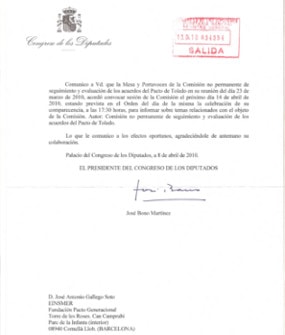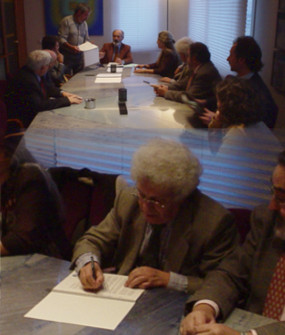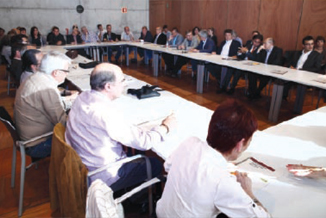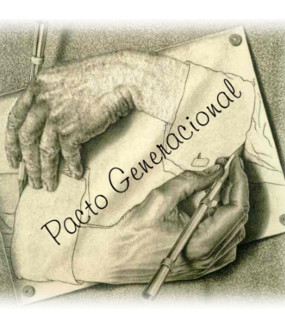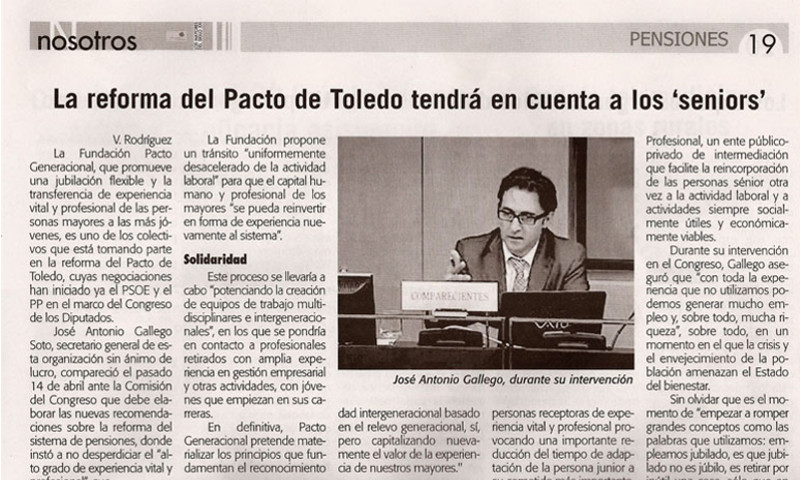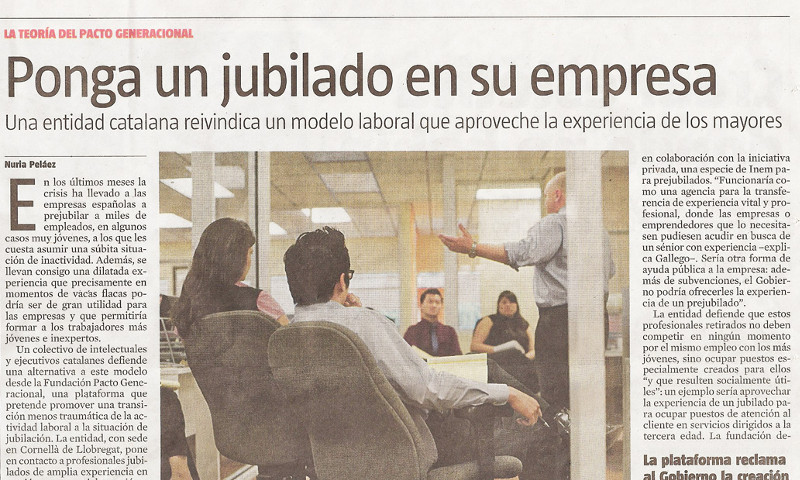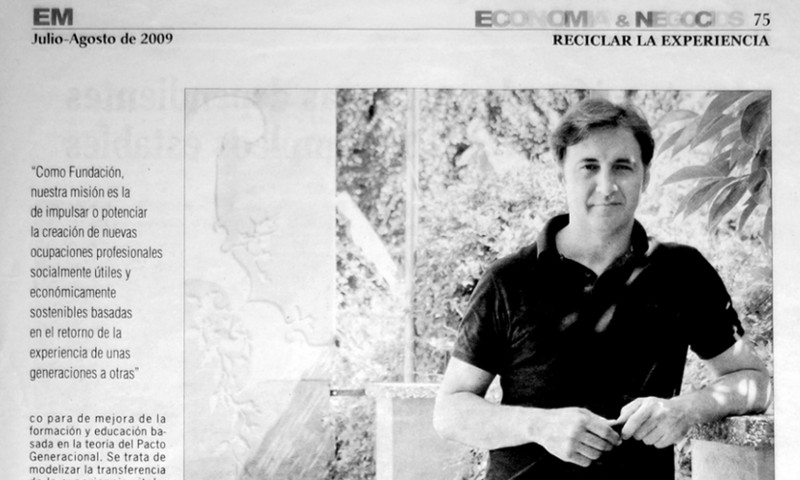The Generational Pact is a practical and tangible response to a strong intergenerational social demand. Young people need an environment that allows them to channel their human potential - evolutionarily greater, generation after generation -. On the other hand, the elderly need to find satisfactory ways to dump their life and professional experience accumulated for years, dignifying and doctorating their last latent stage. This exchange, between generations, will accelerate the individual and, therefore, collective development of our society.
For both generations, this will mean substantially reducing frustration, lack of expectations, fear of unknown situations, the feeling of uselessness, the acceleration of psychopathological and psychosocial processes, the anguish of life, individual and social apathy, etc.
Greater social and professional training for young people - through this system and the social return of the elderly, makes it possible to envision a new social order based on the acceleration of knowledge and the active participation of a much higher number of older people in productive and economic activity assuming a new social function.




